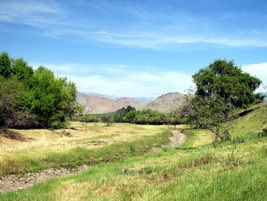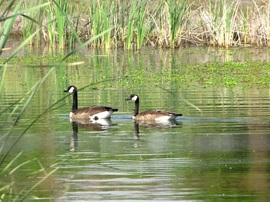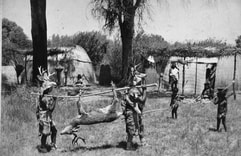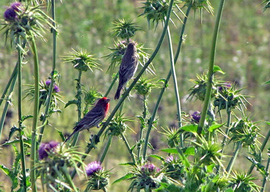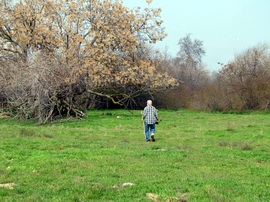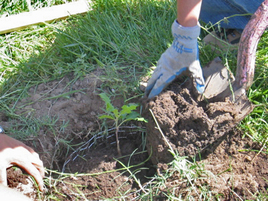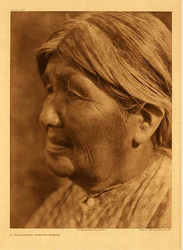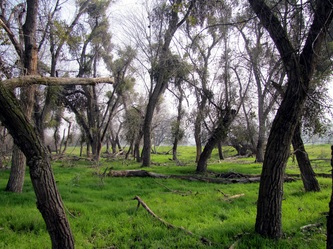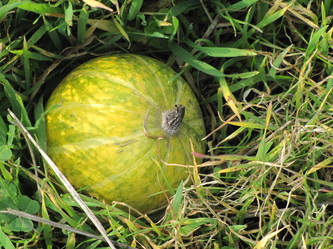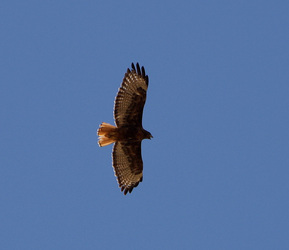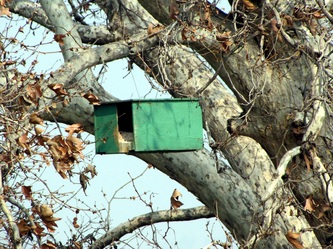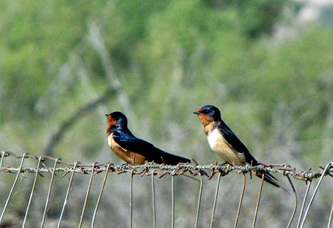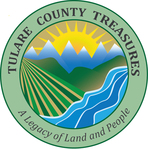|
|
YAUDANCHI
ECOLOGICAL RESERVE Environment: Foothills Activities: Birding, dog walking (on a 6' leash; scoop poop), hiking, photography, wildlife viewing Open: The reserve is currently CLOSED to the public (since October 2017) Site Steward: The management agreement with the California Department of Fish and Wildlife was terminated by the Porterville Developmental Center, effective October 2017. Opportunities for Involvement: volunteer Links: www.dfg.ca.gov/lands/er/region4/yaudanchi.html www.publiclands.org/explore/site.php?id6667 http://www.dfg.ca.gov/lands/er/region4/docs/yaudanchiER.pdf www.wildplaces.net/programs/oak-propagation Directions: Map and directions are at the bottom of this page. |
|
Directions: Address: Intersection of Road 265 and Worth Ave. Coordinates: 36.0444, -118.9750 Take Hwy 190 E from Porterville; exit on Road 265 (Blue Heron Parkway) south, toward the Developmental Center. At the "T" junction with Worth Avenue (Ave. 140), turn left; the Reserve's shelter and gravel parking lot are just ahead on the left. 2017 Update: Yaudanchi Ecological Reserve is currently closed to the public. Its status as an Ecological Reserve and as a TCT Treasure is to be determined. As the TCT Project team learns more, we will post further updates. |
